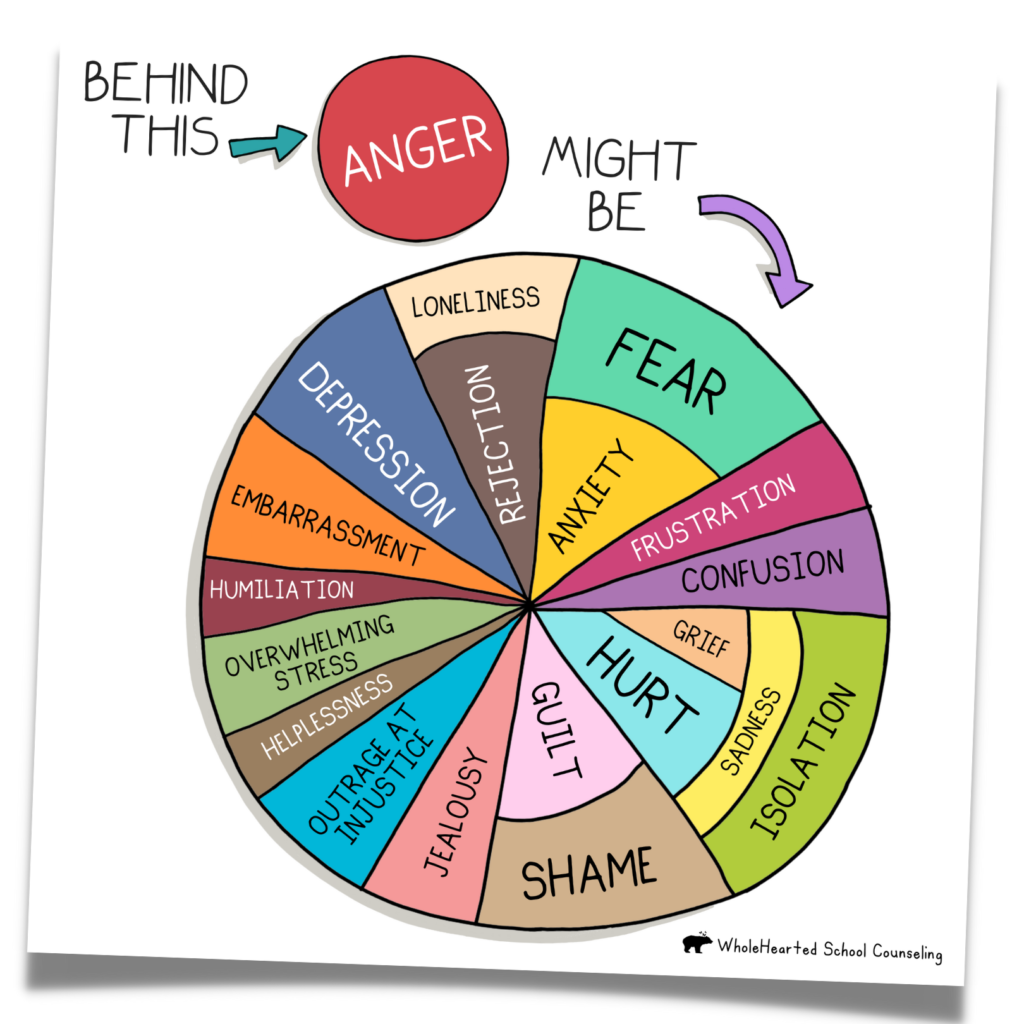True belonging doesn’t require us to change who we are; it requires us to be who we are.
Belonging Verse Fitting In
Belonging Fitting In Authentic Other pleasing Being accepted for you Being accepted for being like everyone else Being somewhere you want to be and they want you Being somewhere you want to be, but they don’t care
Because your self-esteem is an assessment of who you are and what you’ve accomplished compared to your values and your goals, even with high self-esteem you can still feel insecure if you’re self-critical.
Connection
- When you feel seen, heard, and valued
Disconnection
- Occurs when there is social rejection, exclusion, or isolation
- It can further lead to
- Insecurity
- Types: domain, relation, general
- Self-security: open and nonjudgmental acceptance of one’s own weakness
- Invisibility
- Types: interpersonal, group, and representational
- Loneliness
- Different than being alone
- Interdependence > independence
- It is a sign we need social connection (e.g. when you’re hungry you need food)
- Insecurity
